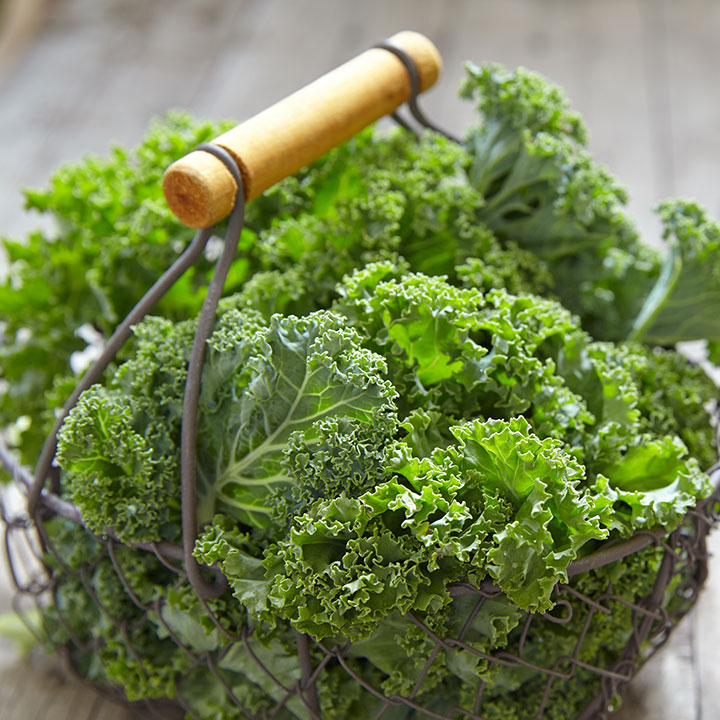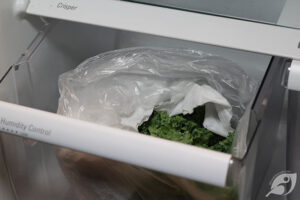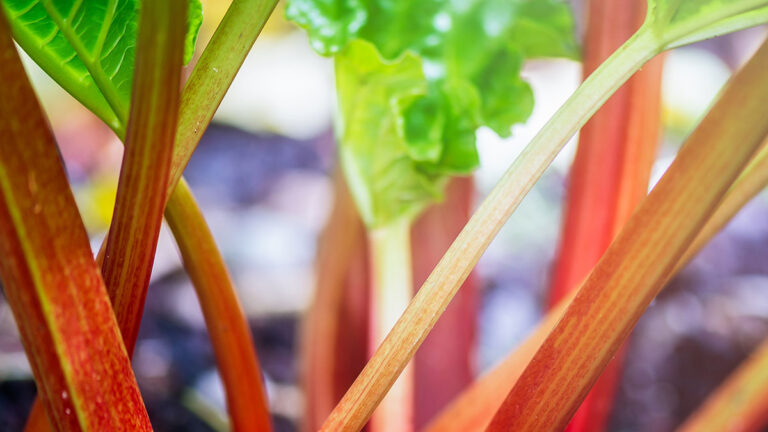
- PUBLISHED:
- •
- BY KYMBERLEY PEKRUL
- •
- THIS POST MAY CONTAIN AFFILIATE LINKS
How To Choose Kale for Cooking, Salads & More!
For years, I overlooked kale as a vegetable to include in my family’s diet. For some odd reason, I had always considered it a strong-flavored vegetable without many possibilities. Boy, Oh Boy, was I WRONG!
A cabbage-type vegetable that doesn’t grow into a head, kale is low in saturated fat and very low in cholesterol. It’s a great source of dietary fiber, protein, tons of vitamins, and nutrients — a super-healthy whole-food member of the cruciferous vegetable family. I’ve learned to love it, whether cooked or used fresh in salads and smoothies.

Signup for eNEWS UPDATES + Your FREE Basic Member Pass
♥ RECIPES + RESOURCES STRAIGHT TO YOUR INBOX ♥
Simple and delicious gluten-free recipes, family-friendly meal ideas, healthy cooking, encouragement, and easy-to-implement lifestyle strategies to live fully nourished… Only from GfreeDeliciously!
I promise not to spam you. Pinkie swear!
The Trick Is In Learning How To Choose It!
For tenderness and mild-flavor, you’ll want to choose smaller-leaved kale, especially if you plan to eat the greens raw. Coarse, oversized leaves tend to be tough. Look for moist, crisp, unwilted and unblemished leaves that are free from tiny holes (indicating insect damage). The leaves should not be yellowed or brown. Kale stems are edible. The smaller the stem, the more tender, so check to be sure that this part of the vegetable is also in good condition.
About Storage...
The longer that kale is stored, the stronger the flavor will be. Most times, you’ll want to use it within a day or two of purchase. To keep it, wrap the unwashed leaves in damp paper towels, then store in a plastic bag in the crisper drawer of your refrigerator.
Ready to try some great kale recipes?
How to Eat the Most Deliciously Flavorful Kale - The Trick Is In Learning How To Choose It!
Equipment
- None
Instructions
- For tenderness and mild-flavor, you’ll want to choose smaller-leaved kale, especially if you plan to eat the greens raw.
- Discard any oversized leaves or leaves with tiny holes or blemishes (indicating insect damage). Coarse, oversized leaves tend to be tough. Look for moist, crisp, unwilted, and unblemished leaves that are free from tiny holes.
- The leaves should not be yellowed or brown.
- Kale stems are edible. The smaller the stem, the more tender, so check to be sure that this part of the vegetable is also in good condition.
- To remove kale stems, pull back the leafy part away from the stem on the underside of the leaf, then tear the stem off, or cut it away.
- The longer that kale is stored, the stronger the flavor will be.
- To keep it, wrap the unwashed leaves in damp paper towels, then store in a plastic bag in the crisper drawer of your refrigerator.
- Most times, you’ll want to use kale within a day or two of purchase.





































